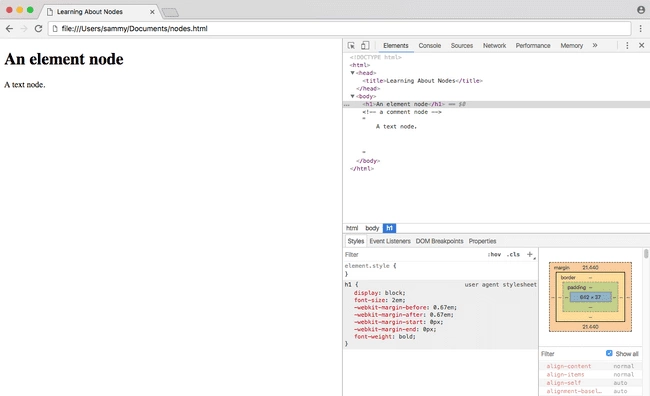多线程事务如何保证效率和原子性
多线程事务
在Spring开发时,遇到一个从Excel表导入数据到数据库的需求,当然最简单的方法就是先使用EasyExcel把数据读出到集合中,然后依次插入到数据库中。
但如何保证效率,原子性呢?我们一步步优化方案。这里不会引入不必要的组件,而是自己模拟类似的思想。
方法1:依次顺序插入
void test() {List<User> users = getAllUsers();users.forEach(user -> userService.save(user));}复制代码
方法2:使用批处理,一次操作中执行多条SQL
void test() {List<User> users = getAllUsers();userService.saveBatch(users);}复制代码
方法3:使用多线程+批处理,每个线程插入多条数据
需要注意的一点,Spring容器不允许线程注入,也就是没办法在多线程直接使用Bean操作,例如:
void testThread() {// 下面两种方式是无效的,不会执行任何东西Runnable runnable = () -> {userService.save(new User());};// 方法1new Thread(runnable).start();// 方法2Executors.newFixedThreadPool(1).submit(runnable);}复制代码我们需要下面的方式进行执行
void testThread() {Runnable runnable = () -> {userService.save(new User());};ExecutorService executorService = Executors.newFixedThreadPool(1);CompletableFuture<Void> future = CompletableFuture.runAsync(runnable, executorService);future.join();}复制代码
void testThread() {int threadSize = 5;ExecutorService executorService = Executors.newFixedThreadPool(threadSize);List<List<User>> list = new ArrayList<>();for (int i = 0; i < threadSize; i++) {// 我们假设数据拆分为五分list.add(getAllUsers());}for (List<User> users : list) {CompletableFuture.runAsync(()->{userService.saveBatch(users);},executorService).join();}System.out.println("插入成功");}复制代码
方法4:这时候速度已经很快了,但是如果其中一个线程插入数据时发生错误进行回滚,其他线程是无法得知的,因为事务是针对线程的,所以这里我们需要用一些方式保证每个线程之间的状态是被共享的。
// UserService#saveUserSyn()@Overridepublic boolean saveUserSyn(List<User> users, CountDownLatch threadLatch, CountDownLatch mainLatch, UserError hasError) {TransactionStatus transactionStatus = dataSourceTransactionManager.getTransaction(transactionDefinition);System.out.println("子线程:" + Thread.currentThread().getName());try {users.forEach(this::save);} catch (Throwable e) {hasError.setHasError(true);} finally {threadLatch.countDown(); // 切换到主线程执行}try {mainLatch.await(); //等待主线程执行} catch (Throwable e) {hasError.setHasError(true);}// 判断是否有错误,如有错误 就回滚事务if (hasError.isHasError()) {dataSourceTransactionManager.rollback(transactionStatus);} else {dataSourceTransactionManager.commit(transactionStatus);}return true;}复制代码// 测试方法@Testvoid userSaveSyn() {List<User> userList = getAllUsers();// 添加一个错误数据User user = new User();user.setUserAccount(null);user.setUserPassword("123456");userList.add(user);// 线程数量final Integer threadCount = 4;//每个线程处理的数据量final Integer dataPartionLength = (userList.size() + threadCount - 1) / threadCount;// 创建多线程处理任务ExecutorService studentThreadPool = Executors.newFixedThreadPool(threadCount);CountDownLatch threadLatchs = new CountDownLatch(threadCount); // 用于计算子线程提交数量CountDownLatch mainLatch = new CountDownLatch(1); // 用于判断主线程是否提交for (int i = 0; i < threadCount; i++) {// 每个线程处理的数据List<User> threadDatas = userList.stream().skip(i * dataPartionLength).limit(dataPartionLength).collect(Collectors.toList());studentThreadPool.execute(() -> {userService.saveUserSyn(threadDatas, threadLatchs, mainLatch, hasError);});}try {// 倒计时锁设置超时时间 30sboolean await = threadLatchs.await(30, TimeUnit.SECONDS);if (!await) { // 等待超时,事务回滚hasError.setHasError(true);}} catch (Throwable e) {e.printStackTrace();hasError.setHasError(true);}mainLatch.countDown(); // 切换到子线程执行studentThreadPool.shutdown(); //关闭线程池System.out.println("主线程完成");}复制代码
这里我们使用CountDownLatch 和 Volatile来解决这个问题。
Volatile保证线程间数据的可见性
2PC(两阶段提交),这个属于分布式事务的一个理论,这里模拟了这样的业务场景,大致流程为:
- 每个线程开启事务,插入数据,但不提交,向主线程通知说,我这里已经好了
- 主线程等待一段时间,看是否所有的子线程都没问题了。如果超时也算是异常
- 如果没有异常,主线程向所有子线程通知,可以提交事务
- 如果有异常,主线程向所有子线程通知,进行回滚操作
- 而中间使用Volatile修饰的hasError对象进行传达,是否出现异常。需要注意如果只是传递普通的boolean对象,可能会发生不一致的情况,我测试时没法通过。
- CountDownLatch则保证子线程在主线程没有通知前,是不能提交事务的。
这里细心些就会发现,即便是主线程通知子线程可以提交了,子线程依然有可能出现提交失败的可能,那其他线程提交事务是无法得知这边的失败的消息的。这就是我们其实无法在一个Java进程中保证多线程的原子性。



































还没有评论,来说两句吧...